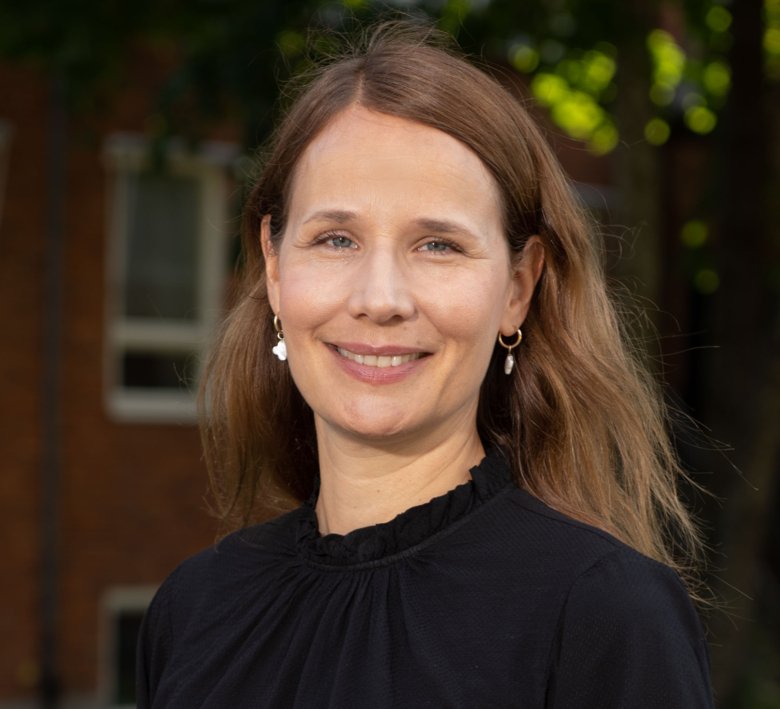Andrea Carmine Belin wants to cure hereditary brain diseases

Her research focuses on hereditary brain diseases and, among other things, cluster headache, an extremely painful disease which comes in attacks. It is not known what causes the disease, and so far, there are no effective treatments.
"The brain controls most things we do in life. Yet we know so little about how it actually works," says Andrea Carmine Belin, researcher at the Department of Neuroscience.
She appears in a short film, produced by the Swedish Brain Foundation (Hjärnfonden), where we get to follow her for a whole day. She tells us about her research, her driving forces and also what motivates her.
"If we can grasp how the brain works, we can get increased possibilities to understand what happens when it doesn't work," she continues.
People who suffer from cluster headache testify that there are few things that are more painful. It's sometimes referred to as suicide headache.
"What drives me is to be able to come up with the solution one day. Imagine being able to tell those who are affected that they don't have to suffer anymore”, Andreas continues.
Andrea Carmine Belin shows how her research group grows skin cells from cluster headache patients and control subjects. For the skin cells to thrive, grow and increase in number, so that the researchers can analyze different types of genes, these are stored in an incubator keeping a temperature of 37 degrees.
The researchers can measure the circadian rhythm of cells and then compare what this circadian rhythm looks like in cells of cluster headache patients or control subjects.
"Circadian rhythm seems to be central to cluster headache. Two-thirds of all cluster headache patients report that their attacks recur at about the same time during the day, so we are very interested in the circadian rhythm," Andrea says.
To analyze the DNA from cluster headache patients and control subjects collected by the research group, they will need to amplify the parts they are interested in. They will be looking at a gene called CLOCK, involved in circadian regulation, and which they believe influences cluster headache.
"We are looking for differences in our genome, between cluster headache patients and control subjects, to learn more about the disease and why it occurs.”
The Swedish Brain Foundation (Hjärnfonden) is one of the foundations that enables research on cluster headache and other hereditary brain diseases.
